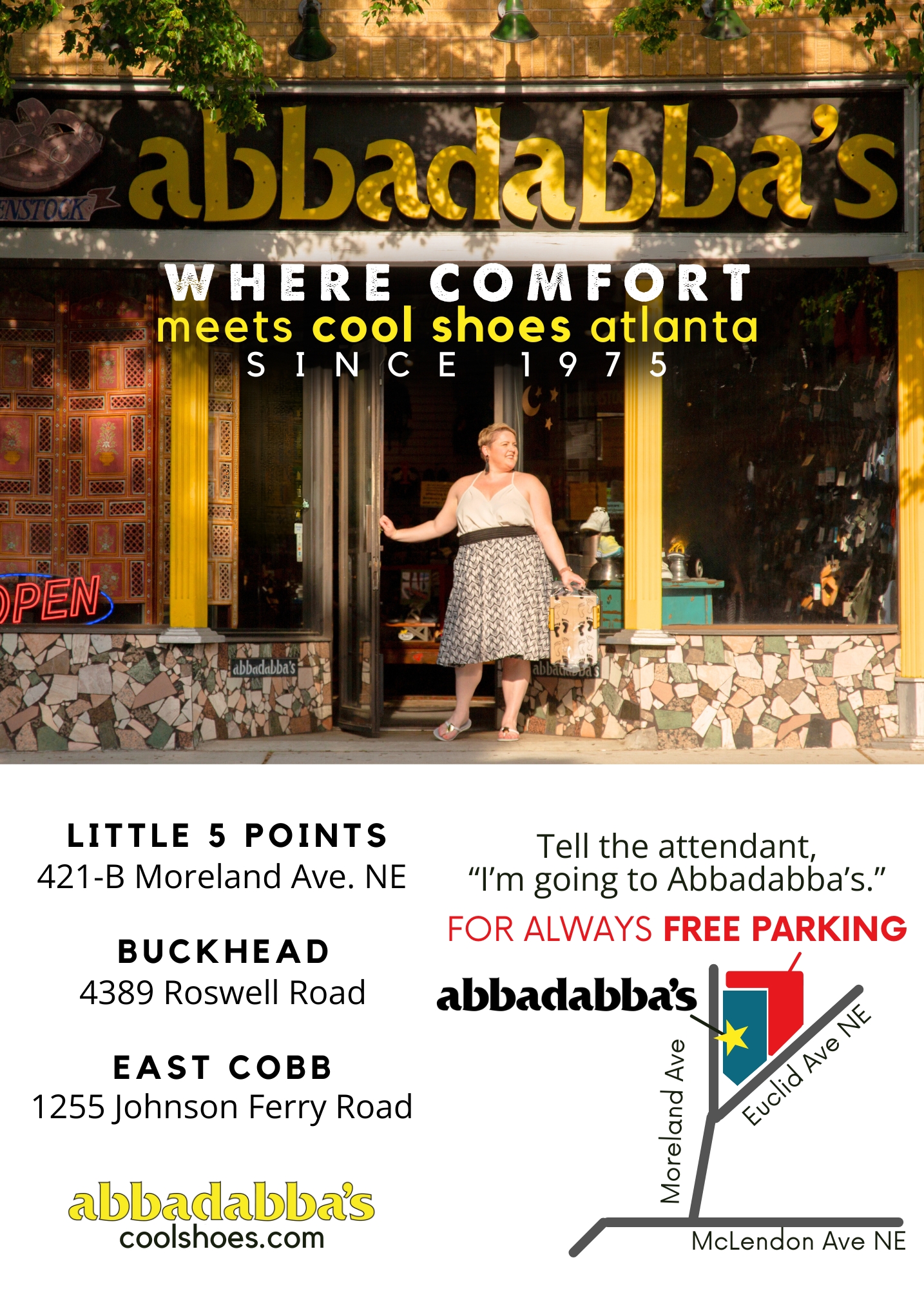By Duncan Cottrell
The front doors to the L.L. Bean flagship store in Maine do not lock. It’s not a matter of malfunction: there is no lock, and never was. Since the store opened in 1951, it has been open 24/7.
The rest of us, however, not only have locks; we use them, and we want to trust them, but too often we can’t. We see it on television all the time: the good guys burst through in the nick of time, and bad ones, up to no good, kick in a door with aplomb. With only a bit of direction and three or four kicks, so could any sixth grader. It’s easy because less than one inch of soft wood in the doorjamb holds the deadbolt. Even with good locks, the force shatters the wood.
There are three essential things to securing your doors: a deadbolt, a keyed knob, and a steel-reinforced door jamb.
Yep, you get what you pay for, especially for deadbolts. They come in three qualities: Grade 3 is the builder standard for residential, Grade 2 is for light to medium commercial, and Grade 1 is heavy duty for high security.
The better—and more expensive—ones are better engineered. Basic deadbolts are two pieces held together with two bolts that thread from the inside half into the exterior half. If you tap the exterior deadbolt face, just a thin sheet of metal, with a hammer, you can see the dimples where the attachment bolts terminate. Merely drill a bit into those dimples and the twisting action of the bit will back the bolts out; the lock will fall right off the door. Locksmiths do this, and so do burglars.
The ones I trust most are Kwikset’s UltraMax lock, Schlage’s B560 series, and locksmiths have a Grade 2 from LSDA—Locksmiths Distributors of America.
The doorknob, or handset, is usually round, oval or tulip-shaped, or a lever, and throws a latch that slides into a hole in the doorjamb to keep a door closed.
A keyed knob offers the absolute minimum security. Front, back, and side door locks can be “keyed alike,” so that you only need one key for every door and deadbolt.
I’ve been a handyman for a long time, and of everything I’ve seen, I am most impressed with a steel door-jamb-reinforcing hardware guaranteed to prevent door kick-ins. Door Jamb Armor and Strikemaster both feature steel plates that attach to the doorframe with long screws that anchor them solidly into the studs. They have holes that receive the deadbolt and knob latch, thus reinforcing both with steel instead of wood.
A handy do-it-yourselfer who also understands alarm sensors and too-tight cracks can purchase the materials from the manufacturers or at many hardware stores. Professional installation is $240 or less for a single door. Double doors can also be made kickproof.
My goal is to give you the proverbial ounce of prevention to make your home unappealing to a thief. They’re looking for an easy target, and if your house is too difficult to access, they usually go elsewhere. An assessment is free for the asking.





Comments are closed.